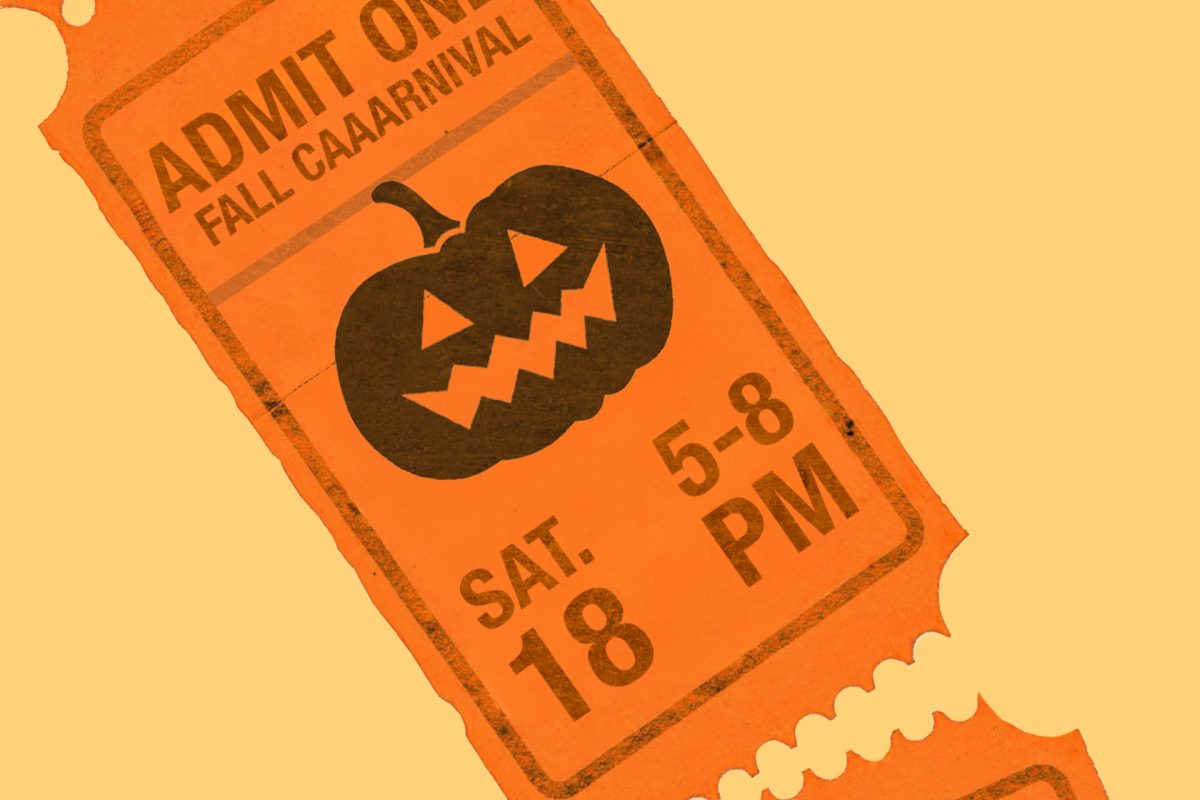Election Day for the midterm election is Tuesday. Missouri residents who have registered to vote can visit their polling place between 6 a.m. and 7 p.m. to cast their ballot. Poll workers should allow anyone who is in line by 7 p.m. to vote. You can check your voter registration here.
Missouri enacted a new voter ID law this year that requires voters to present a Missouri or U.S. government-issued photo ID in order to vote. MU student IDs and out-of-state driver’s licenses are no longer valid forms of identification. Valid forms of identification include:
A nonexpired Missouri driver’s license or nondriver ID
A nonexpired U.S. passport
A military ID or veteran’s ID
Registered voters who don’t have a valid ID may cast a provisional ballot on Election Day. Provisional ballots will count if the voter returns to the polling place on Election Day with a valid ID or if the election authority determines the voter’s signature on the provisional ballot matches the signature on the voter registration file.
Registered voters who prefer to vote before Election Day can cast an absentee ballot without a reason in-person at their local election authority. Absentee voting ends Monday at 5 p.m.
Voters will cast their ballots either electronically or through a paper ballot. The Missouri Secretary of State website recommends voters know how election machines work, and it says poll workers can provide assistance. Polling places should give instructions for using election machines. Election machines will also allow voters to correct their ballots if they mark more candidates for a race than they were supposed to. Paper ballots require voters to mark their choice for each candidate — straight-ticket voting is no longer an option. The polling place will provide pens for voters to mark their ballots.
Missouri offers accessible voting for people with limited mobility or physical disabilities that prevent them from going into the polling place:
Curbside Voting: Voters with limited mobility can ask someone to go into the polling place to request a poll worker bring them a ballot. The poll worker will bring the ballot out for the voter to complete.
Accessible Polling Places: If voters with physical disabilities are assigned a polling place that is not accessible, they may contact their local election authority to request a new polling place or a central location for voting.
Accessible Voting Systems: Every polling place must have accessible voting mechanisms for people with disabilities, including audio and visual disabilities. Accessible options include audio ballots and electric polling machines with enlarged text.
To view the other parts of this special reporting, click here.
Copy edited by Julia Williams







